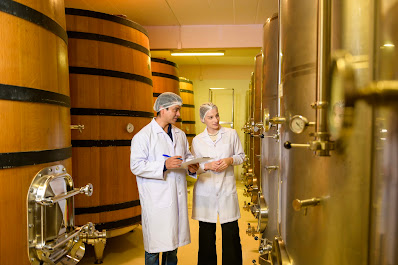Glucoamylase: Unlocking the Power in Sugar and Alcohol Production
Glucoamylase is an enzyme with remarkable industrial applications, particularly in sugar processing and alcohol fermentation. This amylolytic enzyme catalyses the breakdown of starch into glucose, making it essential in industries that rely on carbohydrate conversion.
The Role of Glucoamylase in Sugar Processing
The sugar industry depends on glucoamylase for converting starch-rich materials such as maize, wheat, and cassava into fermentable sugars. The enzyme hydrolyses 1,4-alpha and 1,6-alpha glycosidic bonds in starch, yielding high-glucose syrups used in food, confectionery, and soft drink manufacturing.
Glucoamylase in Alcohol Fermentation
In the alcohol industry, glucoamylase is a key component in ethanol and bioethanol production. Starch from grains undergoes enzymatic hydrolysis, releasing glucose, which is subsequently fermented by yeast or bacteria to produce ethanol. This process is essential in brewing, distillery operations, and biofuel production.
Industrial Efficiency and Sustainability
Glucoamylase-based processes are highly efficient, reducing reliance on chemical hydrolysis methods, which require harsh acids and extreme temperatures. This enzymatic approach is not only cost-effective but also eco-friendly, supporting sustainable production practices.
Future Innovations in Enzyme Technology
As biotechnology advances, researchers are developing genetically modified strains of glucoamylase with enhanced efficiency and temperature stability. Such innovations promise to further optimise sugar and ethanol production, making the industry even more economically viable and environmentally sustainable.
Conclusion
Glucoamylase is a cornerstone enzyme in the sugar and alcohol industries, enabling the efficient conversion of starch into fermentable sugars. As demand for sustainable production increases, its role in ethanol production and biofuel innovation will continue to grow, positioning glucoamylase as an essential catalyst in industrial biotechnology.




Comments
Post a Comment